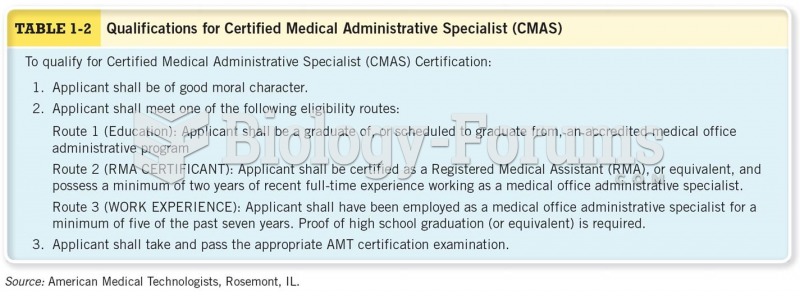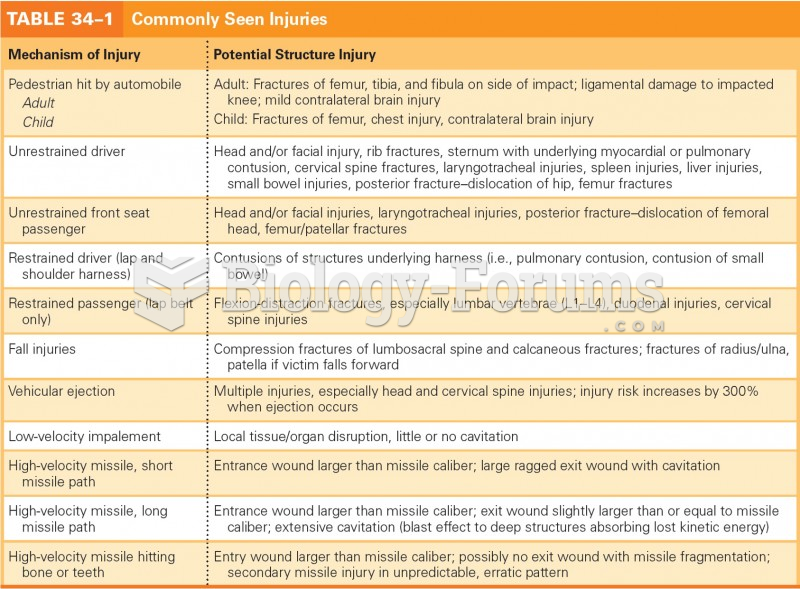Answer to Question 1
Out-of-control workers' compensation cases led to the concept of medical management of workplace injuries. Through better management of workers' compensation claims, more than 30 states have merged the concepts of workers' compensation and managed care. The goals of these state-level efforts are to:
Speed up the processing of workers' compensation claims
Reduce costs
Reduce fraud and abuse
Improve medical management of workplace injuries
Answer to Question 2
Replacement of Income
Employees injured on the job lose income if they are unable to work. For this reason, workers' compensation is intended to replace the lost income adequately and promptly. Adequate income replacement is viewed as replacement of current and future income (minus taxes) at a ratio of two-thirds (in most states). Workers' compensation benefits are required to continue even if the employer goes out of business.
Rehabilitation of the Injured Employee
A basic premise of workers' compensation is that the injured worker will return to work in every case possible, although not necessarily in the same job or career field. For this reason, a major objective of workers' compensation is to rehabilitate the injured employee. The rehabilitation program is to provide the needed medical care at no cost to the injured employee until he or she is pronounced fit to return to work. The program also provides vocational training or retraining as needed. Both components seek to motivate the employee to return to the labor force as soon as possible.
Accident Prevention
Preventing future accidents is a major objective of workers' compensation. The theory underlying this objective is that employers will invest in accident prevention programs to hold down compensation costs. The payoff to employers comes in the form of lower insurance premiums that result from fewer accidents (theoretically).
Cost Allocation
The potential risks associated with different occupations vary. For example, working as a roofer is generally considered more hazardous than working as an architect. The underlying principle of cost allocation is to spread the cost of workers' compensation appropriately and proportionately among industries ranging from the most to the least hazardous. The costs of accidents should be allocated in accordance with the accident history of the industry so that high-risk industries pay higher workers' compensation insurance premiums than do low-risk industries. Construction is a high-risk industry.







